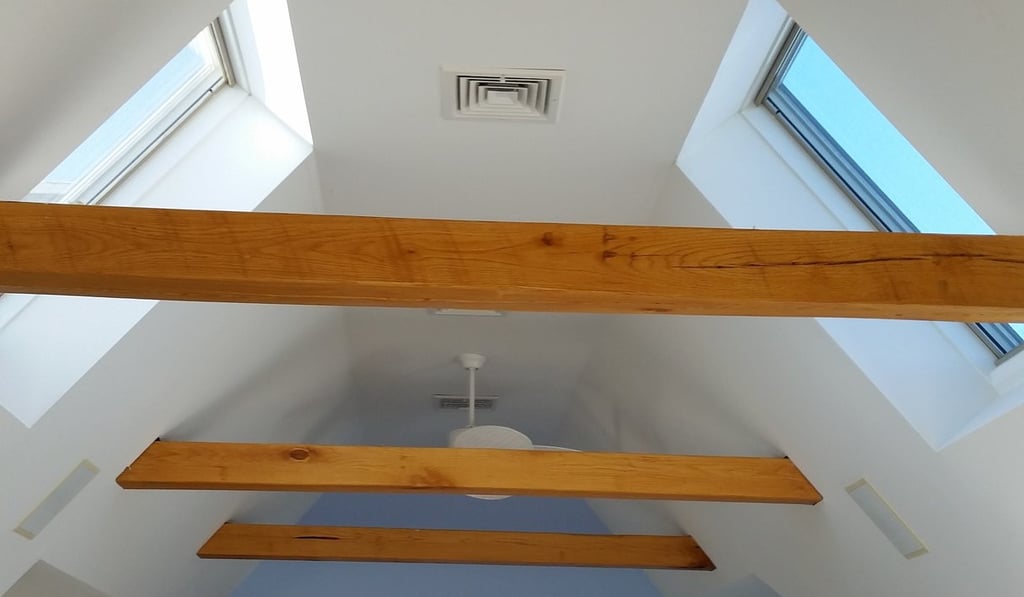5 Essential Tips to Determine If Your Home Has Mold
Mold Detection
David King
9/29/20252 min read


Introduction to Mold Awareness
Understanding the presence of mold in your home is crucial for maintaining a healthy living environment. Mold can not only damage your property but also pose significant health risks. In this blog, we will explore five essential tips to help you identify if your home has mold, ensuring you take the necessary steps before it escalates.
1. Smell for Musty Odors
One of the first indicators of mold growth is a distinctive musty odor. If you notice any persistent, unpleasant scents in your home, it may signify mold hiding behind walls, under carpets, or in damp spaces. Trust your senses, as they can often alert you to the presence of mold before it becomes visible.
2. Look for Visible Signs of Mold
Mold can sometimes be seen growing on surfaces such as walls and ceilings. Check areas of your home that are frequently damp, such as bathrooms, basements, and kitchens. Look for discolored patches, typically white, green, or black in color. Even small spots can indicate a larger issue behind the surface. If you suspect mold, it is wise to consider remediation services, such as those offered by Pro Restoration Solutions, to conduct a thorough inspection.
3. Monitor for Water Damage
Water damage is a prime catalyst for mold growth. Be vigilant for signs of water leaks, such as peeling paint, water stains, or swelling in woodwork. If you have experienced flooding or a plumbing leak, mold could start to form within 24 hours. It is essential to address water damage promptly to prevent an infestation.
4. Check Indoor Humidity Levels
The humidity inside your home plays a significant role in mold development. Ideally, indoor humidity should be kept below 60%. Use a hygrometer, can be purchased online, to measure humidity levels in different rooms. If you find areas with high humidity, consider employing a dehumidifier to reduce moisture and curb the possibility of mold growth.
5. Observe Health Symptoms
Be aware of any health issues affecting you or your family members. Symptoms like persistent coughing, sneezing, or skin irritations may be linked to mold exposure. If symptoms worsen when you are at home, it may indicate an undetected mold problem that requires immediate attention. Consulting a health professional may also provide insights into whether mold could be a contributing factor.
Conclusion
Identifying mold in your home can be challenging, but awareness is key. By following these five tips, you can effectively determine if mold is present and take appropriate actions to mitigate its risks. If mold is suspected, do not hesitate to reach out to professional restoration services like Pro Restoration Solutions, ensuring your home remains a safe and healthy environment.
